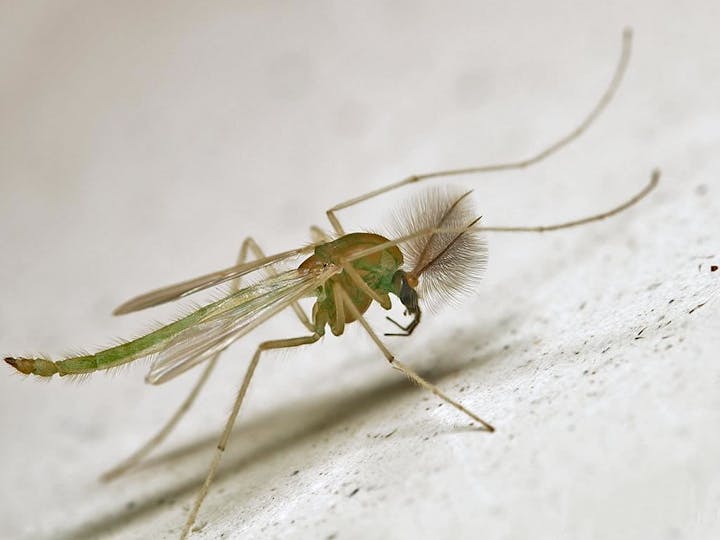Helpful Practices
Your cooperation is needed!
We are asking you for your assistance and cooperation so that our agency can more effectively reduce mosquito populations in your community. Please use our checklist and suggestions for home mosquito control found below. If you have any questions or would like further assistance please contact us. We will be glad to help.
Homeowner checklist of mosquito sources

- Fishpond: Stock with mosquitofish (provided free by the District), remove excess vegetation and construct properly.
- Swimming Pool & Spas: Chlorinate, cover tightly when not in use, and keep water off cover, or stock with mosquitofish if no longer in use.
- Bird Bath: Change water frequently, at least once a week.
- Containers: Empty, invert, dispose of, or cover to prevent mosquito entrance (boats, buckets, 55 gallon drums, etc.).
- Basement & Under House: Drain the area; correct leaky plumbing, dripping air conditioning or refrigeration. Water in basements or under houses is a major source of mosquitoes in urban areas.
- Catch Basins & Storm Drains: Do not dispose of litter or garden debris into these. Never pour used motor oil into them as the oil eventually goes into the bay.
- Sump: Construct so that water does not stand or screen to prevent mosquito entrance.
- Standing Water: Eliminate by draining or filling.
- Tires: Dispose of properly, or cover so that water does not collect inside.
- Treeholes: Consult with a licensed nursery or tree service before draining, filling, screening, or removal.
- Septic Tanks: Keep tightly covered. Septic tanks can produce very large numbers of mosquitoes.
- Watering Trough: Stock with mosquito fish (provided by the District) or change water weekly.
- Creeks and Flood Control Channels: Do not dump litter
Mosquitoes must have standing water to develop!
- Eggs: Females deposit eggs singly or in rafts on the water surface or in places where water will ultimately cover them, depending on the species. The eggs will then hatch into larvae.
- Larvae: Because of their typical movement through the water, larvae are commonly called “wrigglers.” They are very active, feeding on microorganisms, and may be readily seen at the water surface. There are four larval stages with pupae developing from the last stage.
- Pupa: These are also active, but non-feeding, and can be seen resting at the water surface. Because of their method of swimming, they are often called “tumblers.” During this stage, the transformation to the adult occurs. Upon completion of this change, the pupal case splits open to allow emergence of the adult.
- Adults: Only the adult mosquitoes live out of water. After biting to obtain a blood meal and mating, the females return to a water source to deposit eggs. Adult males do not bite or feed on blood but instead feed on plant juices and nectar.
Why do we ask for information and a specimen?
A solution to your mosquito problem can be obtained much sooner if you have provided us with as much information as possible and a specimen of the biting mosquitoes. There are 20 known species of mosquitoes in Napa County, each with its own unique characteristics and preference for certain breeding sites. Identification of the specimen assists us in efficiently finding their breeding sites. These sites will then be treated to prevent further mosquito production.
Another reason to ask for specimens is that there are many insects that look like mosquitoes that do not bite and are not health hazards (see the section titled “Mosquito-Like Insects”). Therefore, it is very important to provide a specimen of the insect that is the cause for concern.

